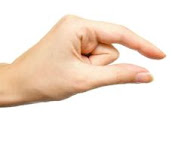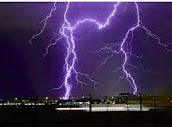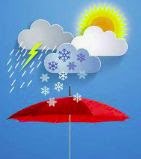Samovar Russian Folk Music Ensemble: Hopak Ukrainian Dance
Samovar: Samovar
Samovar: Samovar
Samovar: Samovar
[purchase]
I like listening to ethnic dance music because it inspires
me. I hear melodies built on scales not common in western music. I perk
up when tempos change. I imagine dancers moving to unique rhythms.
Often called the "National Dance of Ukraine," the Hopak isn’t
constrained by tempo or melody. That’s probably because it’s supposed to
evoke improvisation that allows dancers to express themselves. They
also usually end fast and furious, some even with lively Ukrainian
marches.
When I first heard the Samovar Russian Folk Music
Ensemble, it brought back memories of my many visits to the Northwest
Regional Folklife Festival at the Seattle Center. That’s where I first
heard the emotional, danceable tunes from the Ukrainian tradition. Based
in Washington, D.C., the Samovar Russian Folk Music Ensemble formed in
1996. They play at venues like the Smithsonian, Hillwood Museum and
Gardens, Russian Embassy and Ambassador's residence. Whether serving up
polkas, waltzes, hopaks or songs, the group has established a cohesive
sound emphasizing vocals, balalaika and accordion.
The two women vocalists (Anya Titova, Olga Rines) are folklorists
with a strong calling to preserve messages of their traditional musical
heritage. On their 2007 album, Some More of Our Best, songs are driven
by feelings of the heart, with many allusions to the trees, river,
garden, moon, fields, flowers, sea and wind. In some cases, these
natural elements calm one's heart. In other cases, they serve as parties
in conversations and lyrical discourses that may question or provide
advice. The CD jacket includes both Russian (and English translations)
for all of the songs.
Instrumentally, Samovar features Michael Nazaretz (accordion),
Yelena Rector (prima domra), Rick Netherton (contrabass balalaika), and
Ilhan Izmirli (alto balalaika, guitar). Netherton's showcase piece is
"Korobushka" (Little Peddler Box) with his walking bass line and a
featured break. The spotlight shines on Nazaretz when he becomes the
sole accompaniment to Anya Titova's singing of "Odinokaya Garmon"
(Lonely Accordion) that poignantly asks "Why are you roaming the whole
night alone? Why are you keeping the girls awake?" The CD's closing
tracks refer to gypsy songs. Samovar probably enjoys going to the forest
where they can sing, dance, drink wine and eat borscht and caviar by a
river.
The Hopak has parts where solo dancers, usually male, perform
amazing acrobatic feats such as jumps, kicks, squats and spins. Other
parts have everyone moving in unison. As in many Ukrainian dances, the
dancers, especially the women, don’t stop moving until the dance ends.
Because of the energy required to perform a successful Hopak, the dance
is usually performed at the end of a program. Accordionist Nazaretz
tells me that their arrangement intersperses the basic folk tune with
three interludes, all written a decade ago by their mandolin player at
the time, Alex Gakner. (Alex celebrated his 90th birthday in March,
2012. Happy Birthday Alex!)
Friday, March 14, 2014
Russia/Ukraine: Samovar Russian Folk Music Ensemble
Posted by Joe Ross at 7:00 AM
blog comments powered by Disqus





























































































































































































































































































































































































